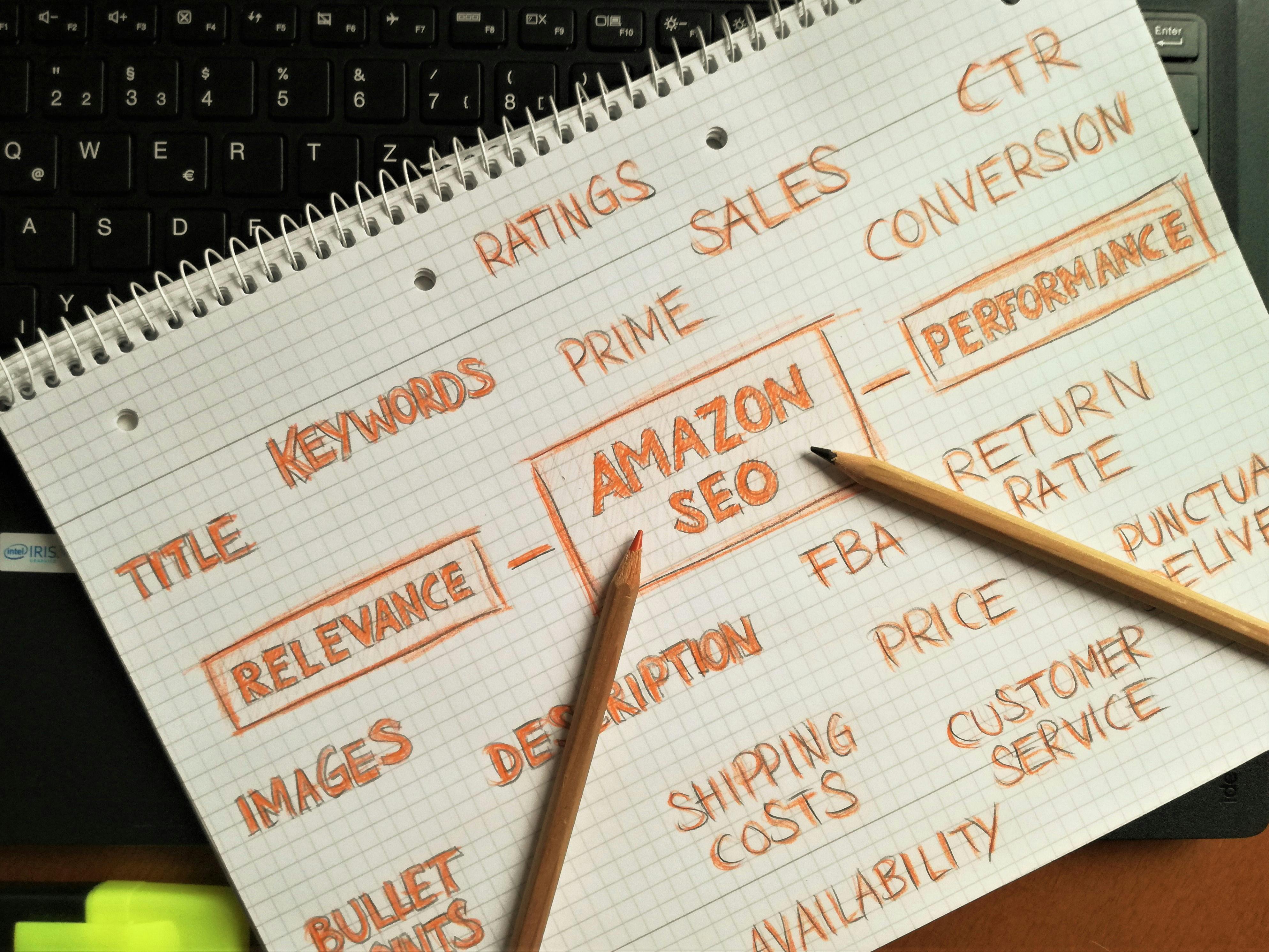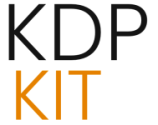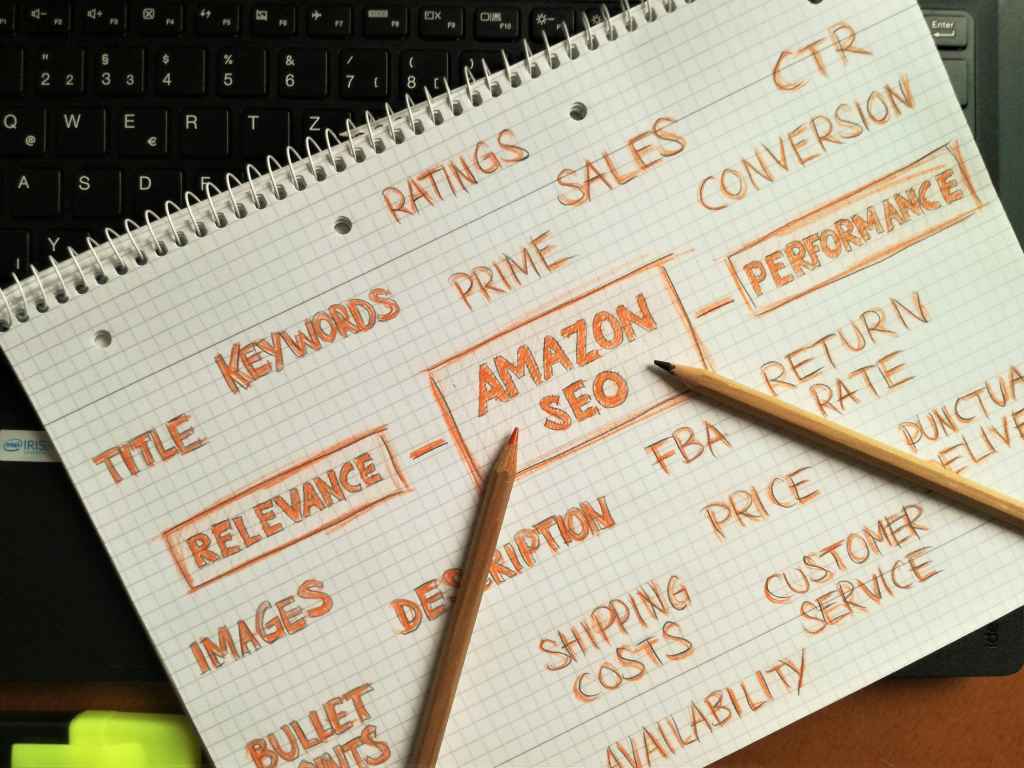KDP Print Royalty Cut: How Authors Can Adapt

Hey there, fellow authors! It’s been a bit of a stir in the self-publishing world lately, hasn’t it? Amazon KDP dropped a bit of news that’s got a lot of us scratching our heads and doing some serious number-crunching. Starting June 10, 2025, they’ve tweaked the royalty structure for print books, and it’s not exactly a raise. This is the first big change to KDP’s print royalties in ages, and it’s making authors rethink how they price their paperbacks and hardcovers. Let’s break down what’s happening, why it matters, and most importantly, how we can navigate these new waters and keep our writing careers afloat.
The Core of the Change: A Royalty Reduction for Print Books
So, what’s the big deal? Basically, Amazon’s new royalty structure means authors who price their print books below certain thresholds will see their royalty rate drop from the familiar 60% to 50%. Now, a 10% difference might not sound like a ton at first glance, but when you’re selling books, especially if you’re aiming for volume with lower-priced titles, it can really add up. This change specifically targets print books – paperbacks and hardcovers – and doesn’t affect your ebook royalties, which still have those 35% and 70% options.
Understanding the New Royalty Structure
Before this change, most of us were used to getting a 60% royalty on the list price, minus the printing costs. Pretty straightforward, right? Well, Amazon’s introduced a tiered system now. If your book’s list price falls under specific regional limits, your royalty rate is now 50%. This means for every sale of a book under that price cap, you’re earning 10% less of the list price after printing costs are taken out. It’s crucial to remember this only applies to physical books sold through KDP. Ebooks are still in their own world.
Defining the Thresholds Across Marketplaces
Here’s where it gets a little tricky: these thresholds aren’t the same everywhere. Amazon has set different price caps for different marketplaces, which makes sense given currency differences and local costs. For example, in the US, if your book is priced below $9.99 USD, it falls into the 50% royalty bracket. That means a book listed at $9.98 or less will now have that reduced rate. In Canada, the threshold is $13.99 CAD, in the UK it’s £7.99, and in Japan, it’s ¥1,000. This means you really need to keep an eye on your pricing for each market you sell in. What works in the US might push your book into the lower royalty tier in the UK if you haven’t adjusted prices.
The Direct Impact on Author Income
Who feels this the most? Authors who’ve been competing with low prices, like those selling shorter books, children’s books, or educational materials, are likely to see the biggest impact. Imagine a 300-page paperback priced at $8.00. Before, you might have made a decent royalty. Now, depending on printing costs, you could be making significantly less, or even zero royalties. Some calculations suggest a book priced at $8.00 with $2.65 in printing costs, which used to earn you about $2.74, might now only bring in $1.85. That’s a big hit, over 30% less per sale! For authors relying on selling lots of these lower-priced books, this change can really affect their income and ability to keep writing.
Amazon’s Stated Reasoning and Mitigating Factors
Amazon’s explanation for this change is that they’re facing “increasing operational costs” for these lower-priced print books. They say this adjustment is necessary to keep offering these books without impacting other titles or the overall health of KDP. On the flip side, Amazon has also lowered printing costs for some paperback books. For instance, standard color paperbacks sold on Amazon.com now have a lower per-page printing cost. These cost reductions are good news, but whether they fully offset the royalty cut really depends on your book’s page count and whether it uses color printing. For many, that 10% royalty drop will still be a noticeable financial adjustment.
Strategic Pricing Adjustments for Authors
So, what’s the most obvious thing we can do? Re-evaluate our prices! The goal is to strategically increase prices so they meet or exceed those new regional thresholds, keeping you in the 60% royalty bracket. If your book is currently $8.99 in the US, bumping it up to $9.99 could make a big difference. You’ll want to check the KDP royalty rate summary for each marketplace and use their calculator to see how different price points affect your earnings. It’s a balancing act – you want to make enough money, but you also don’t want to price yourself out of the market. Too high, and readers might not buy; too low, and you won’t make enough.
Enhancing Book Value and Perceived Worth
Beyond just changing the price tag, we can also focus on making our books seem more valuable. Think about your book cover – is it professional and eye-catching? How’s your book description? Is it clear and persuasive? Make sure the interior formatting is clean and error-free. For non-fiction, updating content or adding bonus materials can justify a higher price. For fiction, top-notch editing and proofreading are essential. When readers see your book as high-quality, they’re more likely to accept a price increase.
Diversifying Sales Channels Beyond Amazon
Amazon is huge, no doubt, but it’s smart to not put all your eggs in one basket. Exploring other places to sell your books can give you a safety net when platforms change their rules. You could sell directly from your own website, use other online retailers, or even look into platforms like IngramSpark. Each of these has its own royalty structures and reaches different readers. Building an email list is also super important; it lets you talk directly to your readers and let them know about your books on different platforms, maybe even directing them to places where you earn more.
Leveraging Book Bundles and Series
If you’ve got a series or several related books, bundling them or using a “loss leader” strategy can really help. A loss leader is basically pricing one book super low, maybe even at a small profit or loss, just to get readers into your catalog. Once they’re hooked on one book, they’re more likely to buy your other, higher-priced titles. Bundling books together can also offer readers a good deal while increasing the average amount they spend with you. It’s a great way to build a stronger author brand and make your business less dependent on just one platform’s policies.
The Importance of a Comprehensive Catalog Strategy
For those of us in the low-content book world – think journals, planners, activity books – having a solid catalog strategy is more important than ever. Instead of just one cheap item, aim to build a collection of related books under a consistent brand. This lets you price strategically across your whole catalog. A low-priced journal could be your loss leader, drawing customers in who then discover and buy your more in-depth, higher-priced books in the same niche. By offering a variety of products at different price points, you can attract more readers and increase the value of each sale, making sure your overall business stays strong even if some individual titles are less profitable due to royalty changes.
Revisiting Marketing and Promotional Efforts
This royalty adjustment is also a good time to really look at our marketing and promotion. With potentially lower earnings per book, it’s even more vital that our marketing efforts are efficient and actually drive sales. Maybe it’s time to re-examine your ad campaigns, fine-tune your keywords on Amazon Ads, and really make the most of social media. Building a loyal readership through content marketing, email newsletters, and author events (even virtual ones!) can encourage repeat purchases and make your marketing spending more effective. A strong marketing push can help make up for lower royalties by increasing sales volume or by guiding readers toward those higher-priced titles.
The Long-Term View: Adapting to Platform Dynamics
These changes from Amazon KDP are a solid reminder that the self-publishing world is always changing, and platforms evolve their strategies. The authors who do well long-term are the ones who stay adaptable, informed, and proactive. That means keeping up with platform updates, understanding how they might affect you, and being ready to adjust your business plans. Instead of seeing this royalty change as a setback, think of it as a push to get creative, diversify, and strengthen your author business. By embracing these changes and making smart adjustments, you can keep building a sustainable and profitable career in the ever-shifting landscape of self-publishing.






